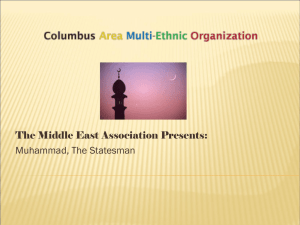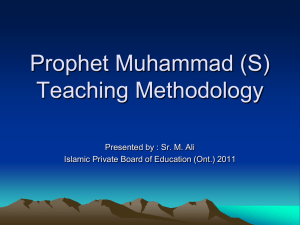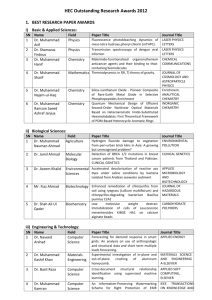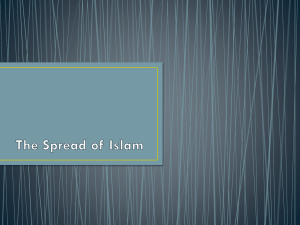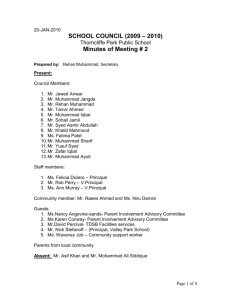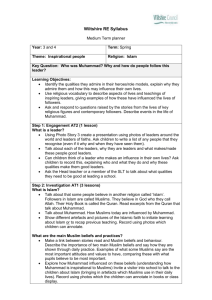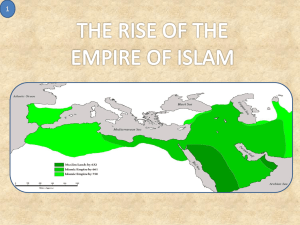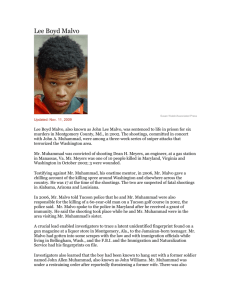Chapter 1(b) case study1 Hate speech or freedom of the press
advertisement
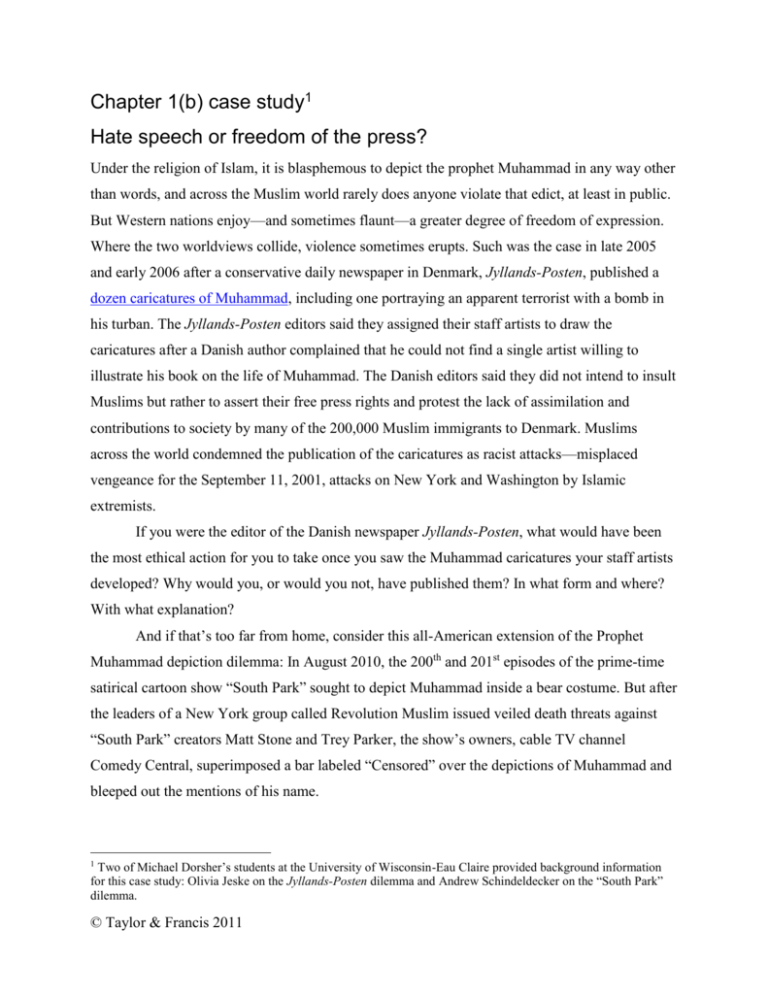
Chapter 1(b) case study1 Hate speech or freedom of the press? Under the religion of Islam, it is blasphemous to depict the prophet Muhammad in any way other than words, and across the Muslim world rarely does anyone violate that edict, at least in public. But Western nations enjoy—and sometimes flaunt—a greater degree of freedom of expression. Where the two worldviews collide, violence sometimes erupts. Such was the case in late 2005 and early 2006 after a conservative daily newspaper in Denmark, Jyllands-Posten, published a dozen caricatures of Muhammad, including one portraying an apparent terrorist with a bomb in his turban. The Jyllands-Posten editors said they assigned their staff artists to draw the caricatures after a Danish author complained that he could not find a single artist willing to illustrate his book on the life of Muhammad. The Danish editors said they did not intend to insult Muslims but rather to assert their free press rights and protest the lack of assimilation and contributions to society by many of the 200,000 Muslim immigrants to Denmark. Muslims across the world condemned the publication of the caricatures as racist attacks—misplaced vengeance for the September 11, 2001, attacks on New York and Washington by Islamic extremists. If you were the editor of the Danish newspaper Jyllands-Posten, what would have been the most ethical action for you to take once you saw the Muhammad caricatures your staff artists developed? Why would you, or would you not, have published them? In what form and where? With what explanation? And if that’s too far from home, consider this all-American extension of the Prophet Muhammad depiction dilemma: In August 2010, the 200th and 201st episodes of the prime-time satirical cartoon show “South Park” sought to depict Muhammad inside a bear costume. But after the leaders of a New York group called Revolution Muslim issued veiled death threats against “South Park” creators Matt Stone and Trey Parker, the show’s owners, cable TV channel Comedy Central, superimposed a bar labeled “Censored” over the depictions of Muhammad and bleeped out the mentions of his name. Two of Michael Dorsher’s students at the University of Wisconsin-Eau Claire provided background information for this case study: Olivia Jeske on the Jyllands-Posten dilemma and Andrew Schindeldecker on the “South Park” dilemma. 1 © Taylor & Francis 2011 Do you think that was a wise use of discretion and a compassionate—or selfish— protection of Parker and Stone, who are two of Comedy Central’s greatest assets? Or do you see that as a spineless capitulation to the demands of religious terrorists? Can you think of a “trilemma” solution that Comedy Central could have imposed? For background on the “South Park” Muhammad dilemma, see: o A New York Times blog entry on it o The Times’ coverage of Jon Stewart’s response to Comedy Central o A clip from “South Park” episode 201, shown on Fox News’ Bill O’Reilly Show © Taylor & Francis 2011
